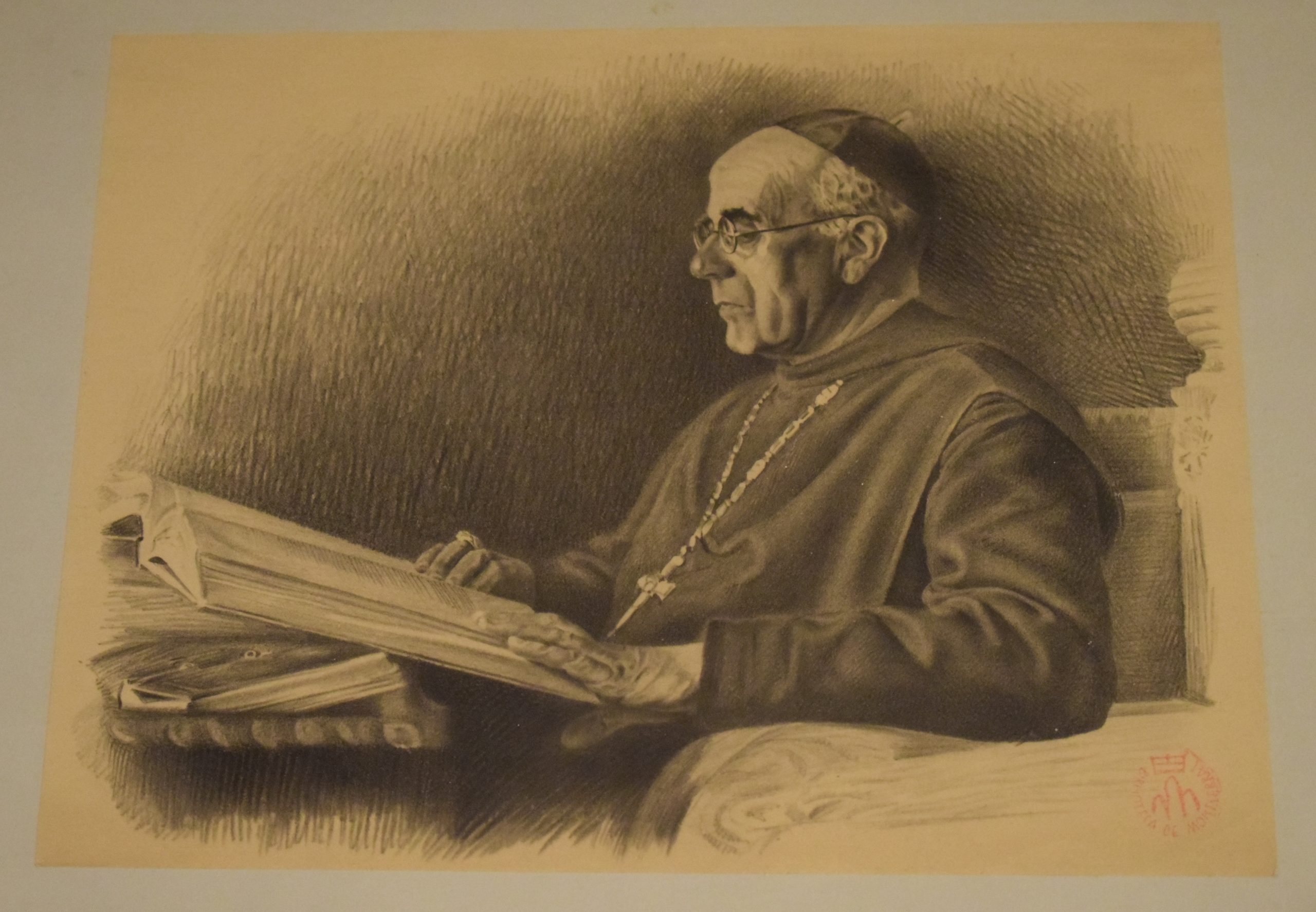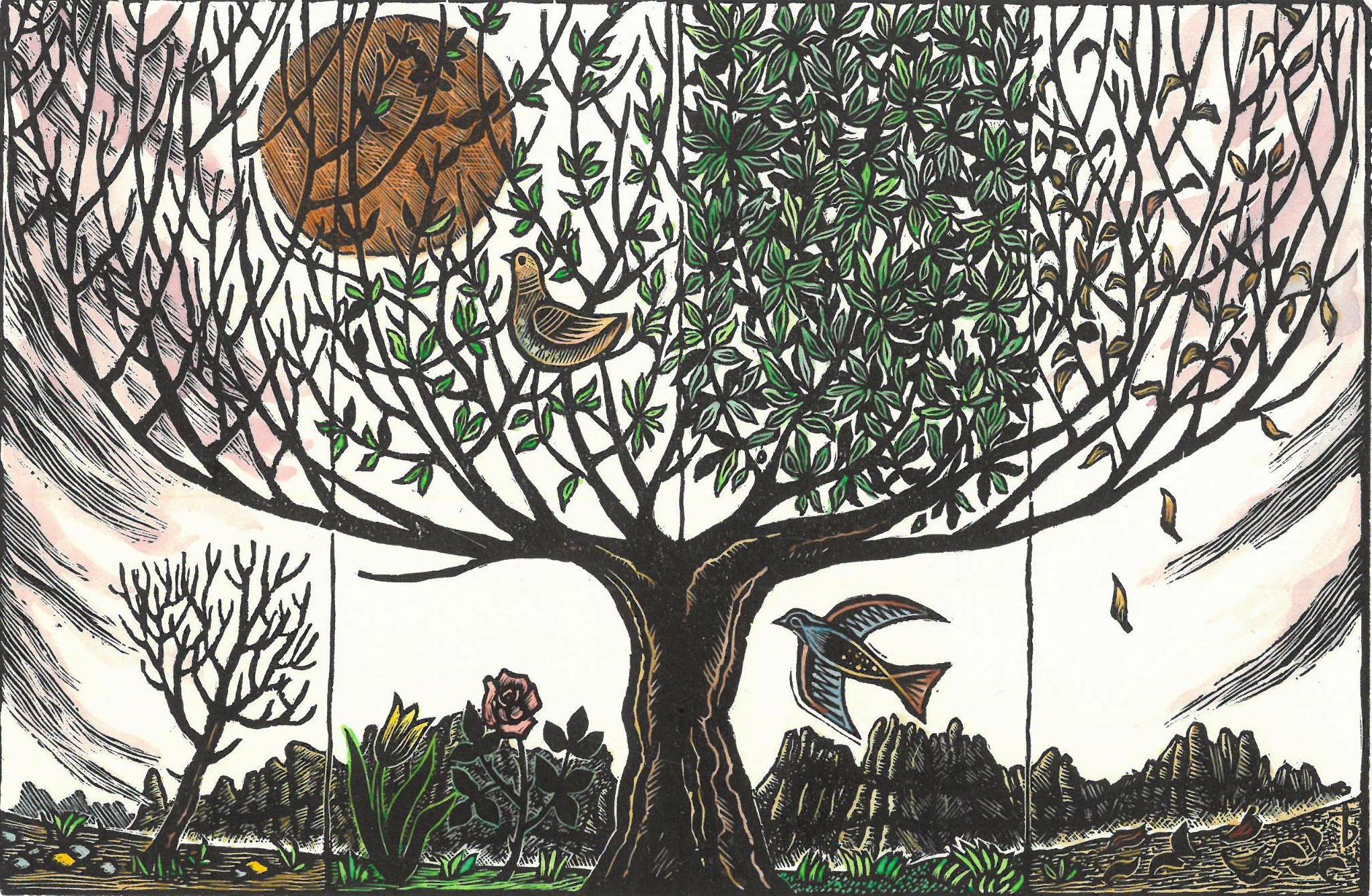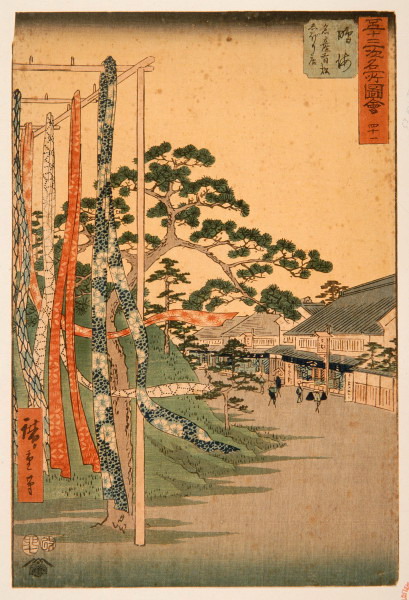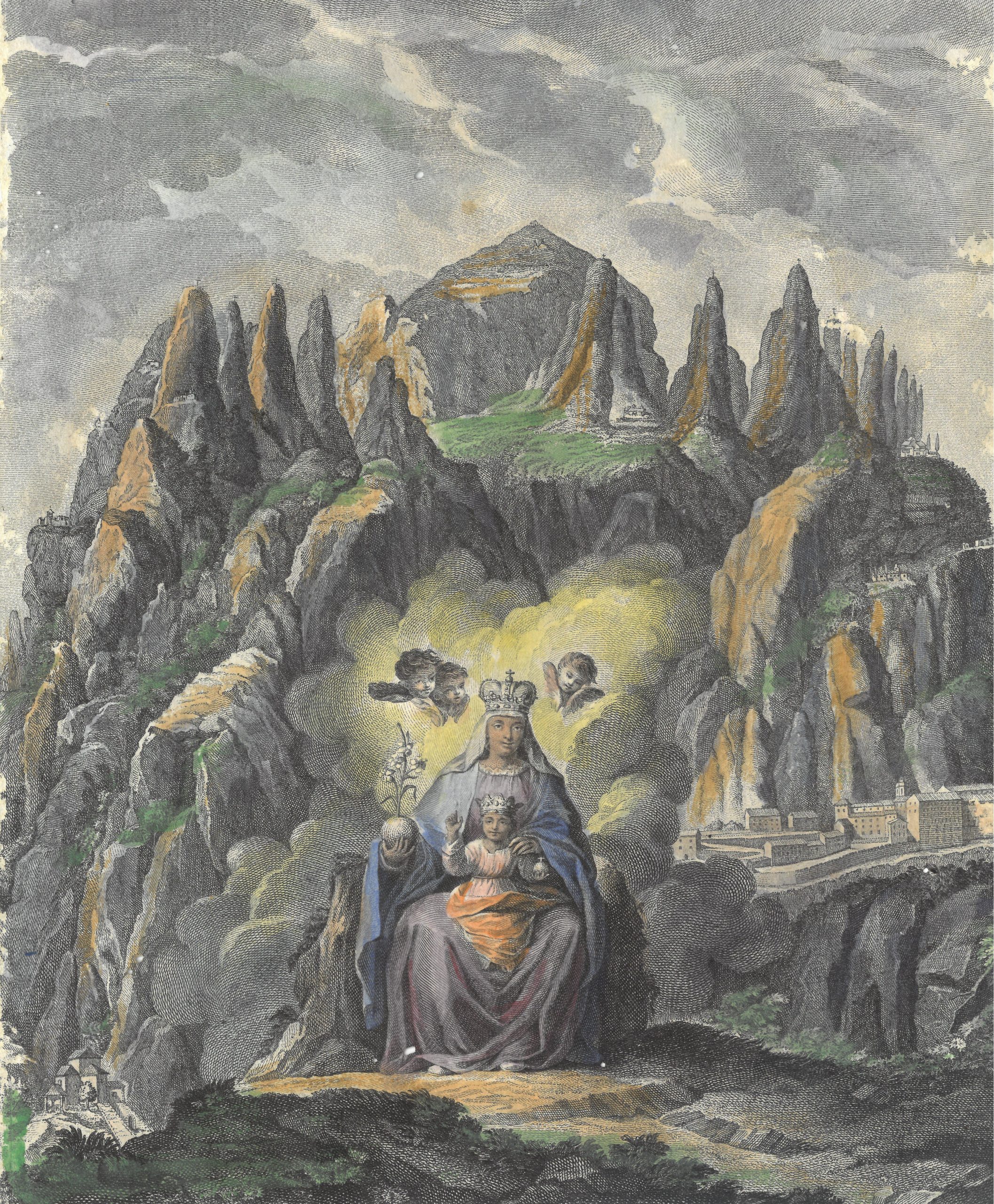The Library of Montserrat collection of engravings is made up of 18,700 works, including engravings, lithographs and serigraphs, which contain biblical themes, portraits, saints, history, mythology, allegories, heraldry, customs and topography. This collection became important from 1914, when Fr. Abbot Marcet, during his visits to Rome began to acquire paintings in order to ennoble the environments of the monastery and promote the artistic culture of the monks. These paintings were accompanied by prints that with the advice of Fr. Bonaventura Ubach, who lived in Rome at that time, tried to make them biblical. Fr. Ubach also acquired engravings from the Old and New Testaments on his own, which currently form an important part of the engraving collection.

This fund was also increased with the prints that accompanied some books bought by Father Antoni Tobella. They were huge piles that gave rise to the need to catalog and order this fund that until then was kept in bags, folders and piles. The person in charge of carrying out this work was Fr. Gusi, a cultured man with artistic sensitivity, who designed the cabinets with three-size drawers to store the prints horizontally. The prints were organized by themes and sizes and cataloged by author and theme.

The prints also came with some book donations and especially in 1965 with the legacy of Just Cabot, a former Paris bookseller, who contributed the series by Piranesi and Goya. Other important legacies were that of Xavier Busquets who contributed the woodcut series of the Passió de N.S. Jesucrist by Lucas Cranach and the linocuts in colours by Picasso, edited by G. Gili. The collection also includes works by engravers such as Mantegna, Dürer, Rembrandt, Callot and others more closely related such as Pere Pasqual Moles, Fortuny, Picasso and Dalí; about some fifteen Japanese woodcuts; burin engravings on the anchorites and hermits of Thebaid or the catalogue of popular woodcuts by the Guasp de Mallorca.


Tel.: 938 77 77 68
E-mail: biblioteca@abadiamontserrat.net
Adress: Abadia de Montserrat, Biblioteca
08199 Montserrat – Barcelona